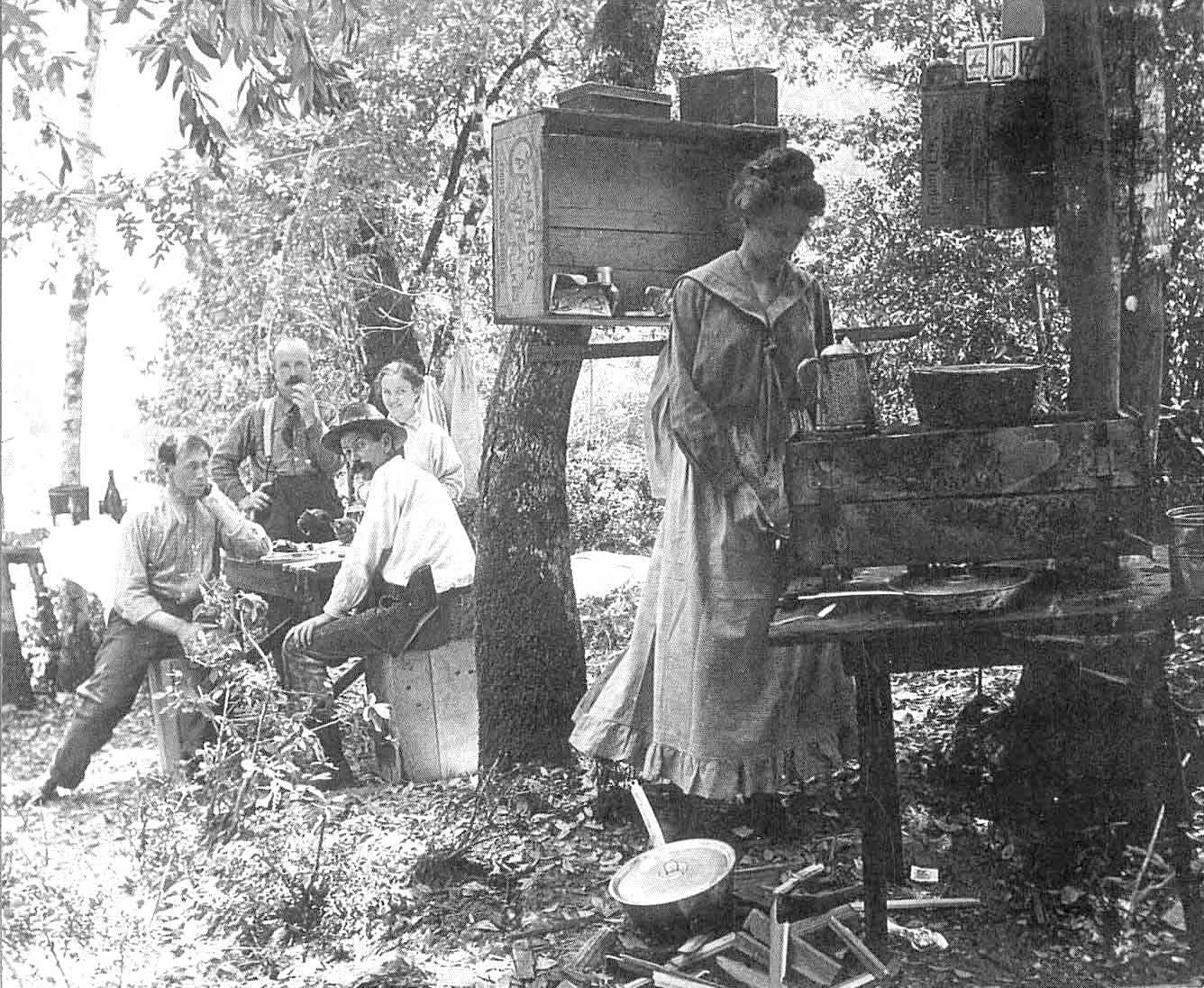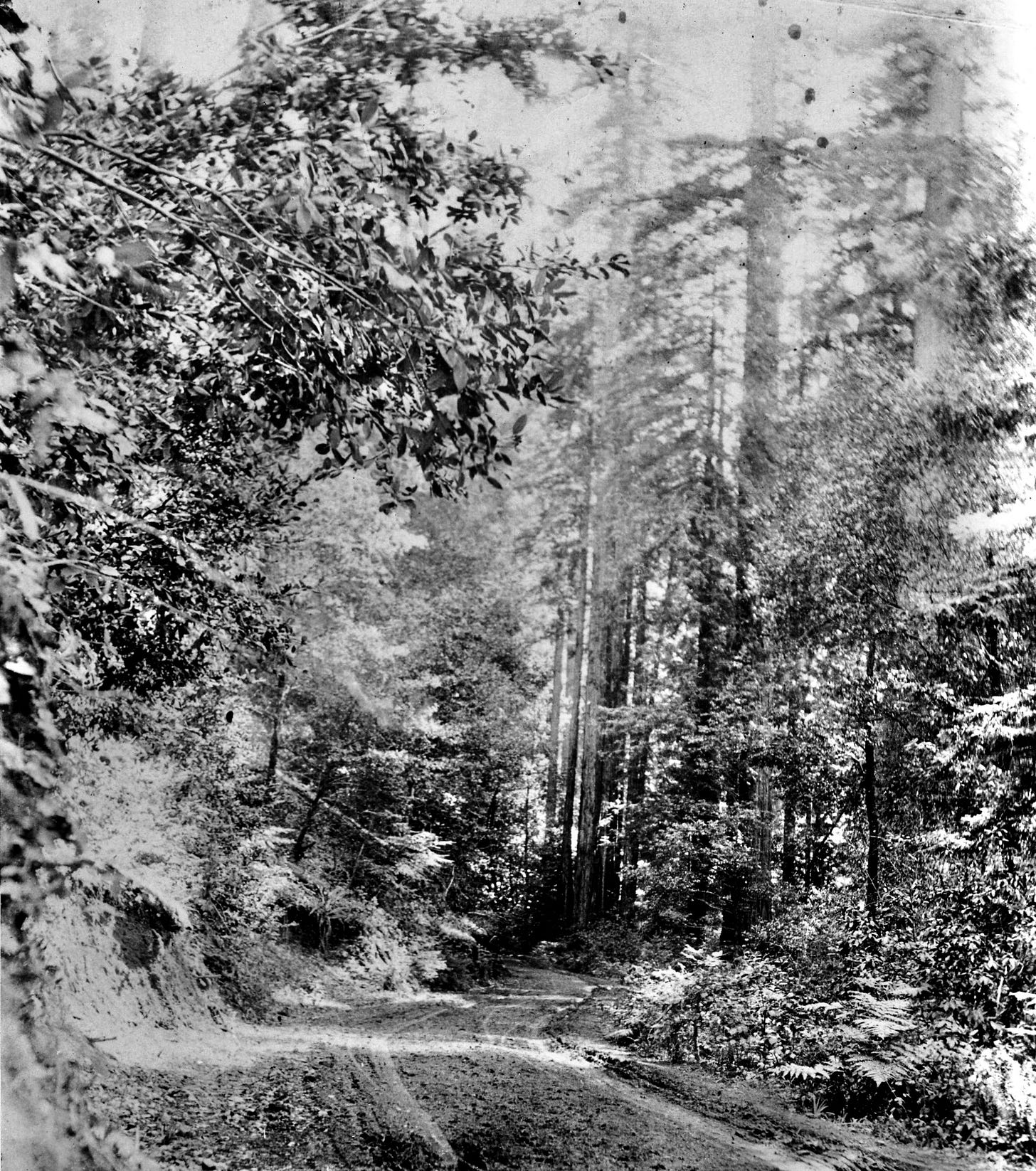
"Now it’s so hard to get dynamite.” Old-timer respondent
In the many self-published histories and autobiographies, articles, and collected oral histories about Comptche that I read for this study, all mention gatherings. Community gatherings were, and continue to be, significant events.
Bringing people together in Comptche to this day is the long tradition of parties, dances, musical performances, balls and festivities, chivarees, and then boogies in the Seventies. Community gatherings create common ground.
The Oppenlanders from Denmark immigrated to Comptche in the 1860s. The ranch continues, now entering its sixth generation of family ownership.
Stories from the 1860s into the early 1900s tell of families traveling considerable distances through the Comptche area for a days-long visit with friends or relatives. Common ground was designed into their simple cabins in the woods; they cleared spaces to accommodate gatherings in small spaces. Some were single men living in mill shacks.
Comptche’s Elsa Thompson recorded the oral history of Myrtle Mallory Wilsey in 1965, describing settler-pioneer life in the late 1800s. She remembered, as a child the men went hunting along Big River. Then everyone would come together for cake and sandwiches. Myrtle told Elsa:
“They made beds down in one room for the children and used the rest of the house to dance. Many of the cabins had removable walls for dancing.”
People were experiencing collective effervescence in the redwoods a century before back-to-the-land immigration. Collective effervescence is a recurring theme in this study, referring to the simultaneous experience of joy.
As countless studies confirm, community gatherings provide healthy social and psychological benefits. They are occasions providing social breaks in an isolated way of life. Healthy communities are resilient and can radiate these qualities into the greater society.
As the first people, the Pomo likely began tradition of residents who experienced collective effervescence in Comptche, with ceremony and celebrations of gratitude.
After the time of extended visits in dance cabins during the late 1800s, a third wave of immigration began in the early to mid-1900s.
A group of immigrants came from Finland during the early 1900s, seeking freedom from political terror and fleeing Finland’s 1918 civil war. At that time, 70% of the Finnish population earned their living from agriculture or timber. Northern Europeans comprised a third wave of immigration to Mendocino County.
As a cultural group, Finns settled all around the region. They set up communes, first building a communal kitchen and sauna.
The Finns imported cultural practices including a party called a chivaree. But they rearranged how and when to deploy this cacophonous group act of coitus interruptus upon an unsuspecting couple.
Chivaree, sometimes spelled as it sounds shivaree, is from the French charivari, and means rough music. Chivarees are a European folk ritual originating as a social conformity mechanism. Town folk would gather late in the night outside the home of an unwed couple to wake them with a sudden cacophony of sound, a clear reminder that cohabitation out of wedlock was not tolerated in their village.
Assimilating into American society, the ritual of social correction was transferred to married couples, perhaps because “living in sin” does not have the same stigma in America. Chivarees became a surprise thrown by the community for unsuspecting newlyweds sometime after their wedding. An old-timer participant explained:
“We’d wait until the couple is home a few days and unsuspecting. Then about midnight, the town folks would set off sticks of dynamite nearby.”
For Comptche old-timers, my study participants explained, chivarees were parties involving, “loud noises including shotguns, chainsaws, banging pots and pans, then lots of drinking.” Women brought special food and people stayed up late into the night partying with the newlyweds. Collective effervescence in the redwoods.
Up next: 6.7 New Traditions: From Chivarees to Boogies
Resources for this post:
BBC News, Finland Profile. Electronic document: https://www.bbc.com/news/world-europe-17292092. Accessed 10/05/24
Spicer, Lisa Gruwell, 2012, c 2024. Finding Common Ground: When the Hippie Counterculture Immigrated to a Rural Redwood Community.
Thompson, Elsa, 1973. Early Settlers of Comptche Along its Many Roads.







